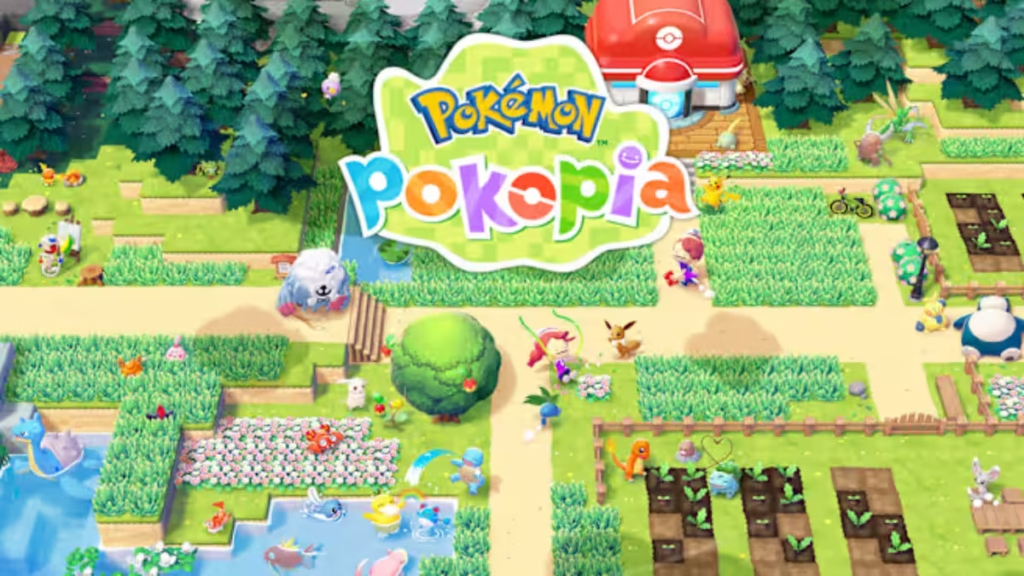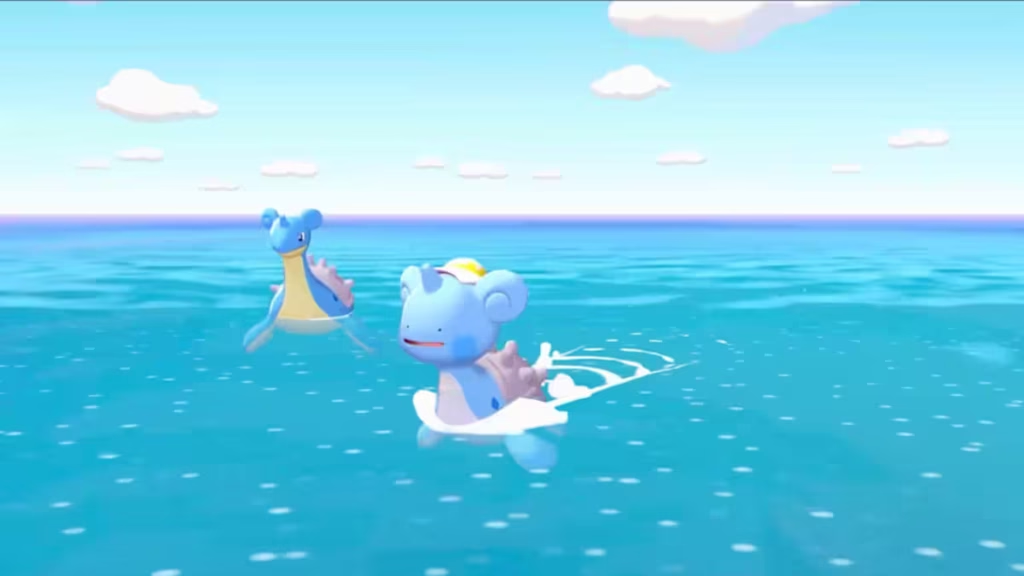The Pokémon series has launched all kinds of experimental ideas over the years, but its newest spin-off, Pokémon Pokopia, is making headlines for a very different reason. While the game embraces a cozy, life-simulation style that feels closer to Animal Crossing than a traditional adventure, its price tag is anything but lighthearted. Fans logging into the Nintendo eShop recently noticed that Pokopia will launch at $69.99, placing it firmly in the premium tier usually reserved for major AAA titles.

A Cozy Pokémon Spin-Off With a Premium Price
Pokémon Pokopia asks players to step into the shoes of a Ditto disguised as a human, exploring a peaceful world, gathering resources, and building a community alongside various Pokémon. It’s designed as a slow-paced, creative sandbox where you can craft, farm, shape the environment, and befriend familiar creatures. The tone is soft, colorful, and approachable—closer to a social sim than a battle-focused RPG.
But despite the genre shift, Nintendo has locked in the full $69.99 digital price, something fans didn’t expect for a relaxed spin-off. For context, previous lighter Pokémon titles generally launched at lower prices.

What makes this even more controversial is that Pokopia isn’t shipping on a standard physical cartridge. Instead, it uses a “key card”, a physical item that unlocks the digital download rather than containing the game itself. Fans have criticized this direction before, and Pokopia’s pricing has amplified the frustration.
Why the Price Feels So High to Players
1. Nintendo Switch 2 Pricing Tensions
The Nintendo Switch 2 already sparked community debate by launching at $450, and its early first-party titles have also carried higher-than-expected MSRPs—Mario Kart World, for example, debuted at $80. Within this context, another $70 release has drawn attention.
2. Genre Expectations
Life-sim games—especially soft, cozy, crafting-focused experiences—rarely reach the $70 tier. Many fans expected Pokopia to follow the pricing of titles like Pokémon Snap or Pokémon Café Mix, which occupy a lighter footprint in the franchise.

3. Key Card Concerns
Fans have long been wary of game key cards replacing full cartridges. Since Pokopia uses this method, players are essentially paying full price for a digital-only experience—even if they buy “physical.”
What Players Actually Get in Pokémon Pokopia
Despite the controversy, Pokopia isn’t short on features. The reveal trailers and eShop listing outline a surprisingly deep, systems-rich experience.

A Ditto-Led Adventure
You play as a Ditto transformed into a human, using Pokémon abilities to shape and interact with the environment. Moves like Bulbasaur’s Leafage help grow foliage, while Lapras’s Surf lets you travel across water.
Build and Grow a Pokémon Village
Players can:
- Gather crafting materials
- Create furniture and tools
- Cultivate crops
- Build habitats for visiting Pokémon
- Customize clothing and hairstyles
- Shape the land itself
As you develop the village, more Pokémon appear with tasks and requests that expand your community.
Day/Night Cycle and Weather
The world shifts through real-time days, nights, and varied weather, creating a calm exploration loop where players progress at their own pace. Even resting at home advances time.
Multiplayer and GameShare Support
Pokopia supports:
- Local multiplayer
- Online co-op
- Cross-system visiting via GameShare, even allowing players without the game to join your world.
New Pokémon Forms
The game also introduces brand-new forms:
- Smearguru
- Peakychu
- Mosslax
These playful variations have been a highlight for series fans.
Release Date and Platforms
Pokémon Pokopia launches on March 5, 2026, exclusively for Nintendo Switch 2. The digital version is priced at $69.99, with the physical version using a key card.
Players online have been divided. Some feel the price is unjustified for a cozy spin-off, while others argue that nobody yet knows the full scale of content. Criticism has especially centered around spending $70 on a digital-only or key-card-based game, with several users expressing frustration across social media.
Read More:

